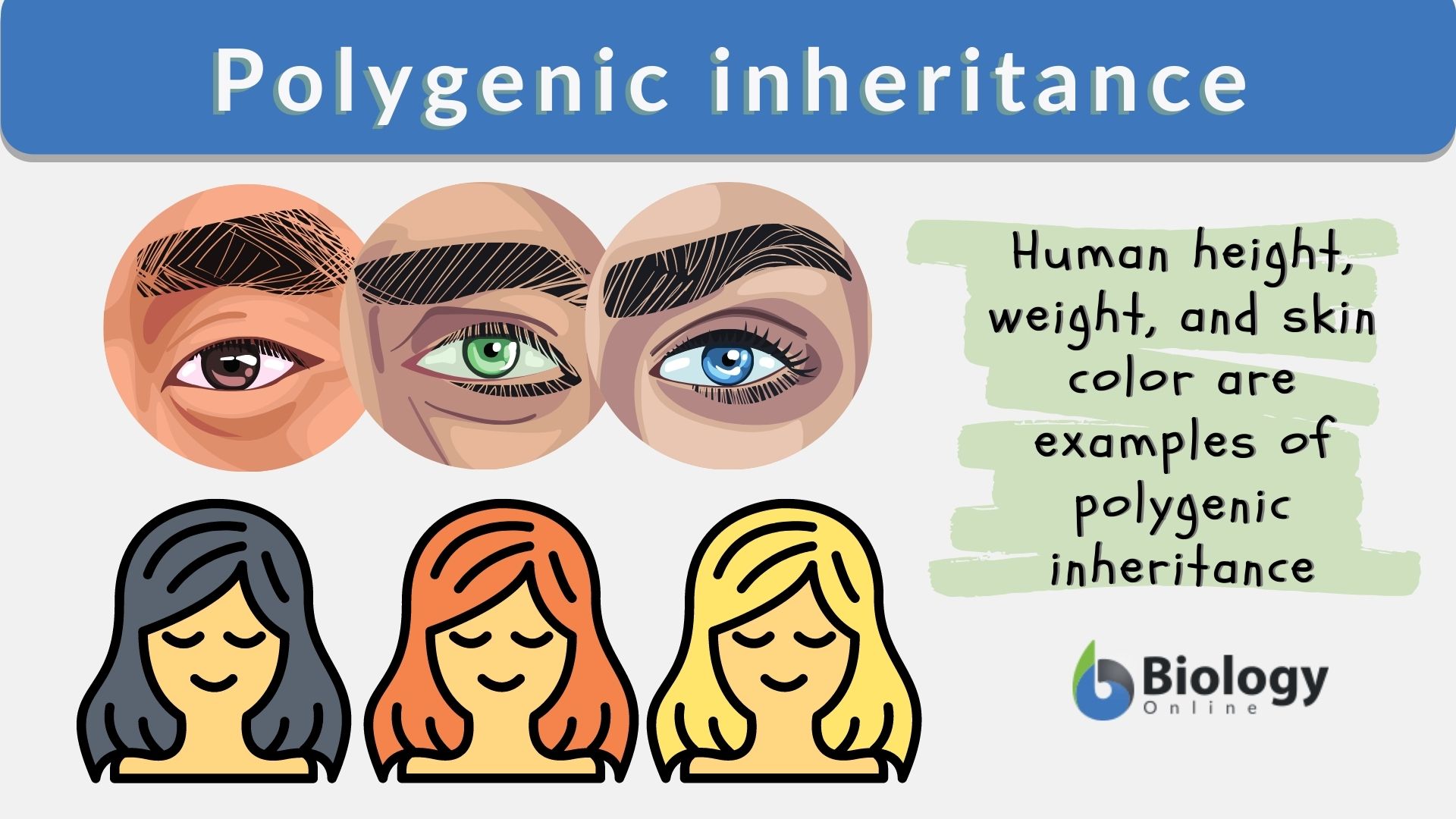
We argue that small, temporary research groups can-and sometimes do-provide the foundations for building larger, more enduring communities, provided that they develop what we call a repertoire: a distinctive and shared ensemble of elements that make it practically possible for individuals to cooperate, including the norms for what counts as acceptable behaviors and practices together with the infrastructures, procedures, and resources that make it possible to implement such norms. In order to explore how communities acquire resilience and still retain the flexibility needed to adapt to changing research needs, we examine the evolution of projects that result in active and productive scientific communities. Our focus is therefore on the resilience of scientific collaborations: the conditions under which they can endure and even thrive, despite the high volatility of the research environment in which intellectual priorities, material constraints, and funding goals tend to shift very rapidly. In this article, we expand on these claims to discuss the material and social conditions under which research communities not only are created but also are managed and persist in the long term.


Scholars both within biology and in science studies have pointed to the scale of collaborations as a crucial factor in influencing how research is organized: The sheer number of researchers involved in any one project matters greatly to the ways in which the project is managed, particularly in those cases in which researchers have diverse expertise (Lewis and Bartlett 2013) and are based in different geographical locations (Parker et al. The ability to create research communities is also crucial to the achievement of integration within biology, whether such integration concerns data, methods, models, insights, disciplines, or locations (O'Malley and Soyer 2012, Bechtel 2013, Brigandt 2013, Leonelli 2013a, Plutynski 2013, Vermeulen 2013, Vermeulen et al. It is generally acknowledged that, given the international and highly collaborative nature of contemporary biological research and the interdisciplinary exchanges required to make sense of complex processes (ranging from development to pathogenesis and carcinogenesis), the ways in which communities are built within contemporary life science have a major impact on the quality and type of outputs produced. Much work within the history, philosophy, and sociology of science has been focused on the ways in which scientific collaborations are created and their importance for knowledge development (e.g., Griesemer and Gerson 1993, Hackett 2005, Shrum et al.


 0 kommentar(er)
0 kommentar(er)
